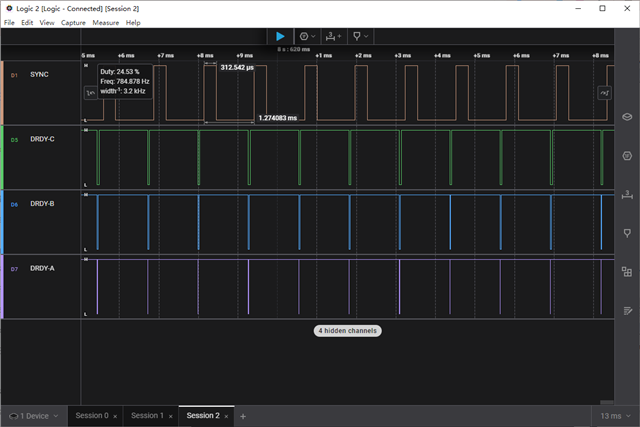There is a requirement for the ADC clock frequency in ADS1285. The recommended fCLK value is 8.196MHz, but the allowed fCLK range is 6-8.3MHz. Can I provide an 8MHz clock ( generated via PWM from a MCU ) ? How will this affect the operation of the ADC? Sorry, I did not find any description of the clock frequency other than 8.196MHz in the data sheet.
在ADS1285中有对于时钟频率的要求,推荐值是8.196MHz,但允许范围是6-8.3MHz。我能否提供8MHz时钟,这对ADC的工作有何影响?抱歉,我并未在数据手册中找到关于除8.196MHz时钟频率以外的介绍。


